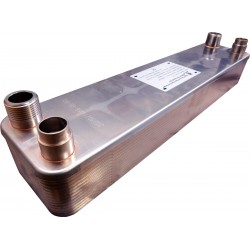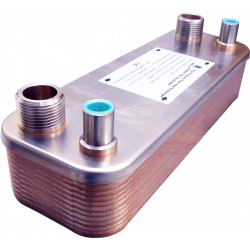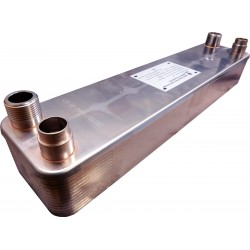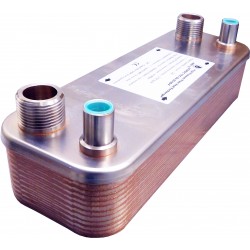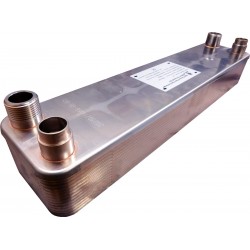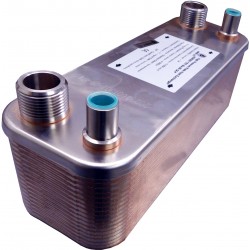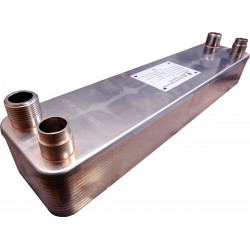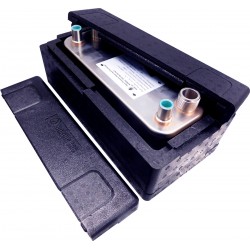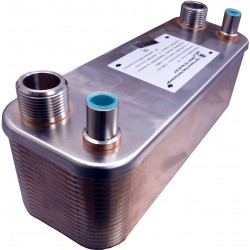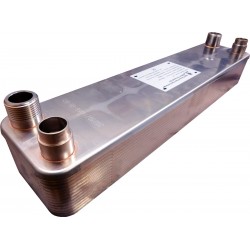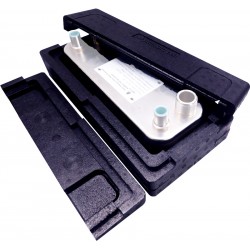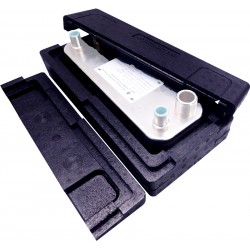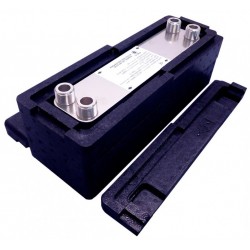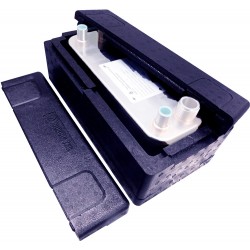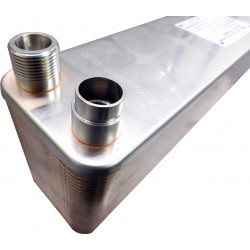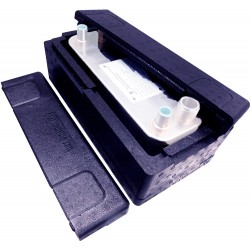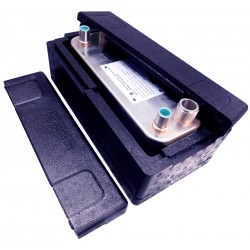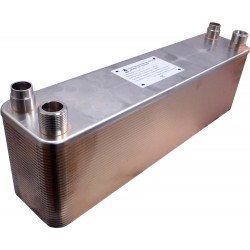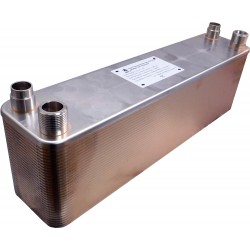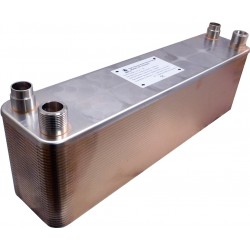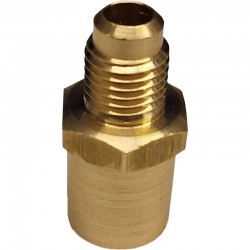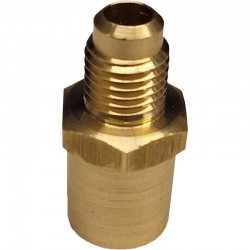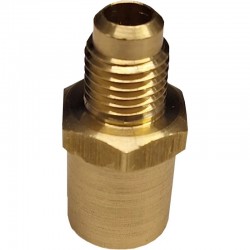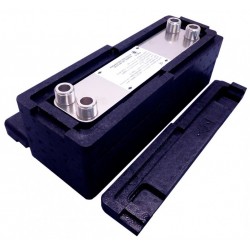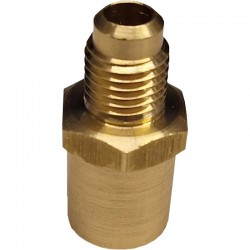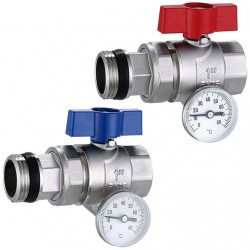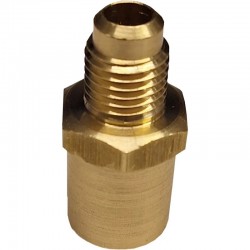Plate Heat Exchangers Freon - Gas
Heat exchangers Gas to Liquid from Nordic Tec offer
Heat exchangers Gas-Water is a generic name for the category of PHE, in reality, plate heat exchangers grouped here are used not only with Freon but also with similar gas media, including high-pressure ones and similar refrigerants. On the water side, it can also be nearly any other fluid - such as glycol, for example.
A common feature of heat exchangers Gas to liquid and their advantage over standard brazed plate heat exchangers is their resistance to higher working pressures. The working pressure of our Freon heat exchangers is calculated for 45 bar - 4.5 MPa, which is sufficient for the operation of most heat pumps, refrigeration units, or air conditioners.
Heat exchangers for Refrigerant-Water - or simply gas-liquid heat exchangers - are available in our catalog in two series. The first series of high-pressure models up to 45 bar is the Ba-26-F series, based on a smaller plate size of 308x106mm. On the refrigerant/gas side, it is equipped with a 5/8" connection tube. The second series - Ba-68-F - is based on a larger plate size of 526x119mm and comes with a larger 7/8" gas connection. On the liquid side, both series of heat exchangers have a standard 1-inch threaded connection.
On the left side, click on the appropriate series of Freon-Water heat exchangers to continue.
